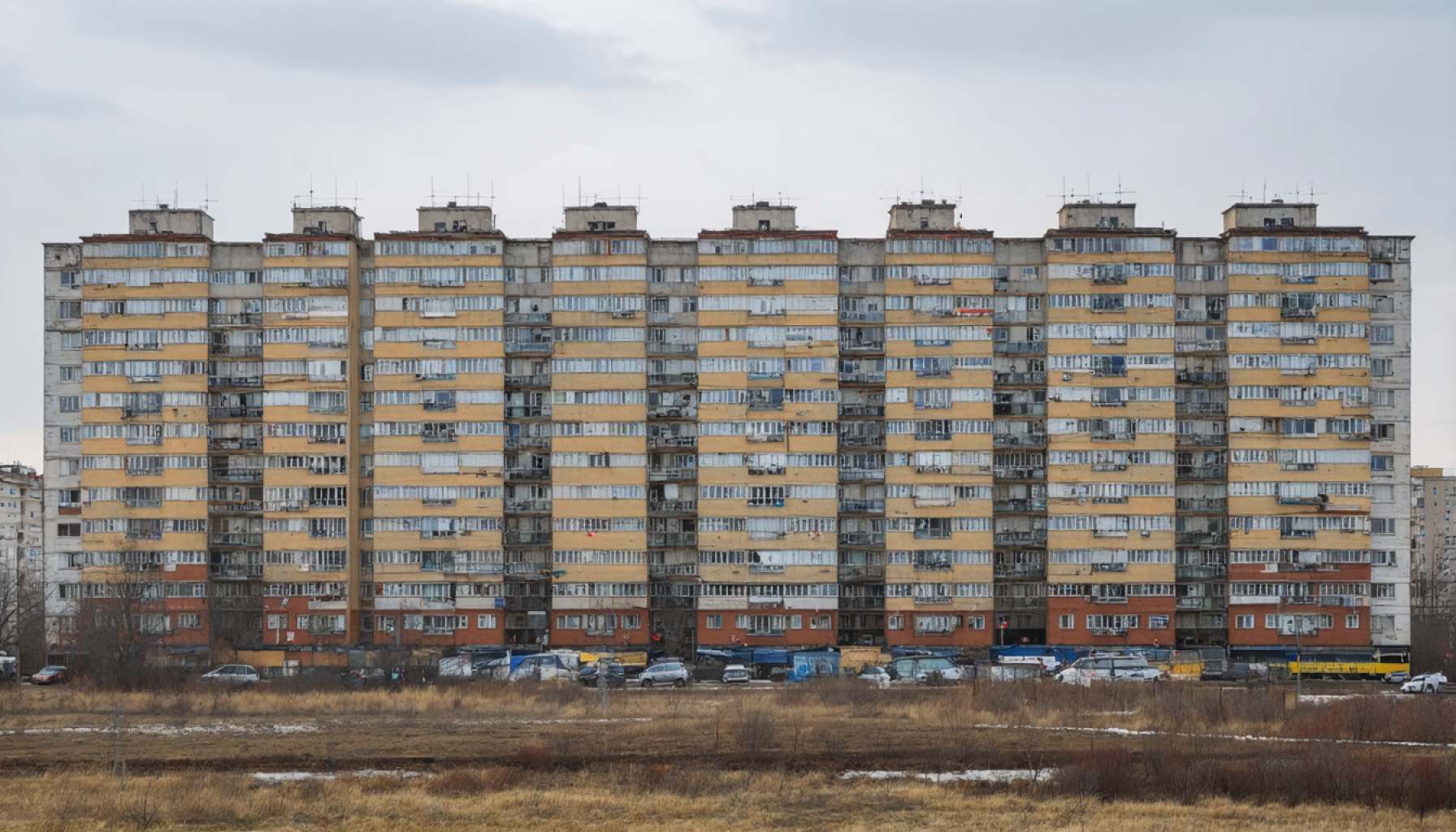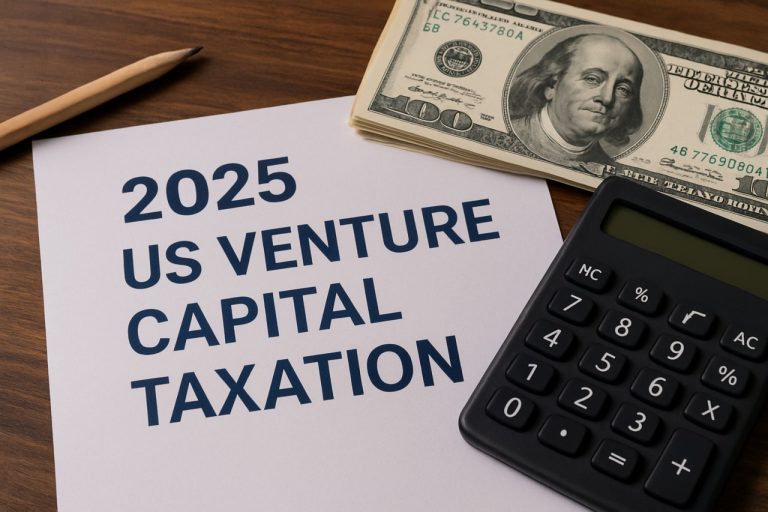
- Commercial real estate in Russia has evolved significantly over the last two decades, reflecting broader economic transformations.
- Increased transparency and revenue growth have replaced the sector’s early challenges, with major players now showing significant financial gains.
- The 2008 financial crisis slowed growth but spurred the development of shopping centers as crucial social hubs.
- The 2014-2015 downturn and the pandemic reshaped priorities, prompting a surge in e-commerce and warehouse demands.
- Moscow’s skyline transformation symbolizes foreign investment influence and the surge in demand for premium office spaces.
- Despite Moscow’s dominance, regional developers are creating success stories, yet face obstacles due to the capital’s overpowering presence.
- The real estate market continues to adapt, serving as a reliable wealth preservation tool amidst evolving global and technological trends.
Commercial real estate in Russia has undergone a tectonic shift over the past 20 years. From its nascent stages marked by opaque dealings and modest turnovers, the sector has blossomed into a robust industry replete with burgeoning revenues and evolving trends. As industry experts convened at Moscow’s CyberHouse to celebrate two decades of the Forbes Russia real estate rating, they unveiled a story of growth, resilience, and transformation that mirrors the broader economic landscape of the nation.
Picture Moscow in the early 2000s: a canvas of potential, its future skyscrapers mere dreams against a skyline dominated by Soviet-era architecture. In 2005, the combined revenue of the top players in commercial real estate was $1.84 billion. Fast forward to 2025, and the leader of the pack alone boasts revenues that eclipse the aggregate of 2005’s cohort. This narrative is etched with periods of challenge and recovery, painted in the rich hues of economic shifts and global crises.
Trailing behind the golden years of unbridled growth, the market felt the tremors of the 2008 financial crash, shrinking by 16% but rebounding with a renewed vigor that catapulted the development of shopping centers. These complexes did not just house shops—they became the new social hubs, replacing traditional public spaces, as noted by Sergey Kapkov.
Yet, it wasn’t all smooth sailing. The 2014-2015 downturn shrunk revenues from $9.5 billion to $7 billion, and by 2018, investment flows were just a shadow of their former selves. Further bruised by the pandemic, the landscape experienced another transformation. Amidst closures and declining footfall, the meteoric rise of e-commerce began reshaping priorities, sparking a warehouse boom that sees no signs of waning.
Today’s Moscow is unrecognizable from its former self, its skyline punctuated by the futuristic spires of Moscow City where foreign investments once concentrated. Despite political and economic upheavals, the demand for high-quality office spaces has surged, seeing vacancy rates plummet to historic lows alongside rising rents.
Regionally, the narrative is one of diversification and growth. Provincial developers are crafting their own tales of success, defying Moscow’s shadow. Yet, challenges remain. The capital remains Russia’s singular powerhouse—a unifying force but also a development bottleneck for other cities aspiring to craft identities and economies that stand alone.
This evolution of Russian real estate is a labyrinth of opportunity, risk, and perpetual reinvention. With the sands of global and technological trends shifting every 15 to 20 years, stakeholders now plan with an eye on future renovations and the inevitable ebb and flow of urban demands. The value of real estate as a vessel for wealth preservation remains steadfast, even as the streets of Moscow and beyond continually reshape the contours of modern Russian life.
The anniversary of the Forbes ranking does not just mark a milestone—it tells a story of adaptive resilience. This is the story of a market shaped by forces as volatile as they are transformative, where each building speaks of collective innovation, adaptation, and the enduring spirit of enterprise.
The Surprising Evolution of Russian Commercial Real Estate: What’s Next?
Introduction
The commercial real estate sector in Russia has transformed dramatically over the past two decades, evolving from opaque transactions to a highly profitable industry reflecting Russia’s broader economic narrative. Let’s delve deeper into this sector’s shifts and what potential lies ahead.
1. The Evolution Over Time
In the early 2000s, Moscow’s landscape was a mix of potential and unfulfilled dreams, with Soviet-era buildings dominating the skyline. Fast forward two decades, and the market has become a dynamic industry characterized by tall skyscrapers, bustling shopping centers, and a massive influx of foreign investment.
Market Trends and Predictions
– Post-Crisis Resurgence: After setbacks like the 2008 financial crash, resulting in a temporary market shrinkage, Russian real estate responded with booming developments in shopping centers and residential sectors. These became new social hubs, gradually supplanting traditional public spaces.
– E-Commerce Influence: The rise of e-commerce has triggered a warehouse construction frenzy. With consumers inclined towards online shopping, developers are prioritizing logistics hubs to accommodate this trend.
– High-Quality Office Demand: Despite political upheavals, Moscow’s demand for premium office spaces has significantly increased, reducing vacancy rates and pushing rent prices higher.
– Regional Diversification: Beyond Moscow, other cities are crafting unique stories, with developers making headway despite the capital’s looming dominance.
2. Key Challenges and Opportunities
– Challenges: Despite growth, challenges persist, including high volatility and economic sanctions affecting foreign investments. Regional cities still struggle under Moscow’s shadow, battling for independent recognition and economic relevance.
– Opportunities: There’s room for growth in sustainable building practices and technology integration, focusing on smart buildings and greener construction methods.
Real-World Use Cases and Insights
– Sustainability Initiatives: Implementing eco-friendly construction techniques, like green roofing and energy-efficient systems, can appeal to a growing market segment focused on environmental impact.
– Smart Buildings: Developers are increasingly embedding smart technology in buildings to improve efficiency and tenant satisfaction.
3. Expert Opinions and Comparisons
Experts predict a continued emphasis on sustainability and digital innovations within the industry. According to the Urban Land Institute, integration of environmental technology enhances property value and attracts eco-conscious investors.
Actionable Recommendations
– Adaptation to E-Commerce: Real estate investors should explore opportunities in the logistics sector to harness the booming e-commerce trend.
– Focus on Sustainability: Embrace green building certifications such as LEED to attract increasing numbers of environmentally concerned tenants and investors.
Conclusion
The Russian commercial real estate market, reminiscent of the broader economic landscape, exemplifies resilience and adaptability. As the industry moves forward, it must continually adapt to global trends, including sustainability and digital innovation, ensuring long-term growth and relevance.
For more insights into real estate trends globally, visit the Forbes website for up-to-date articles and expert analyses.



